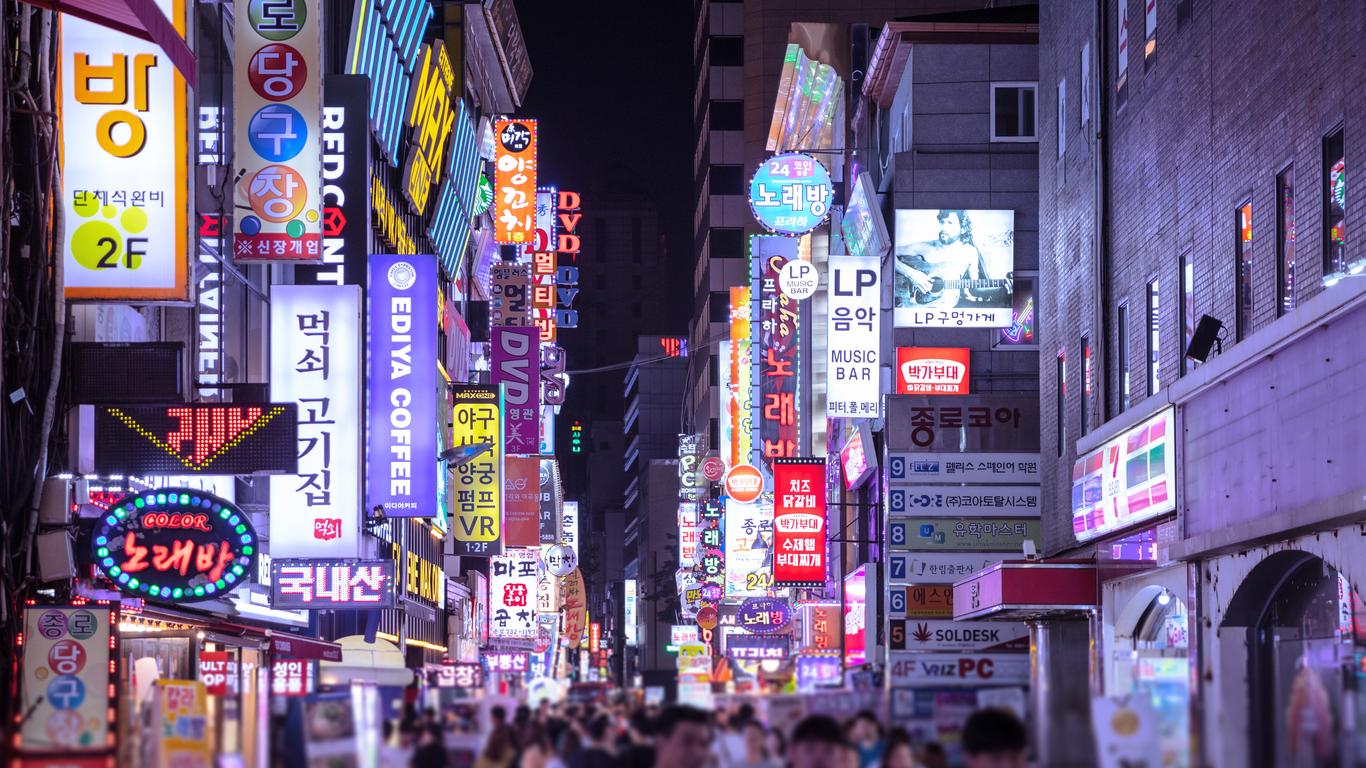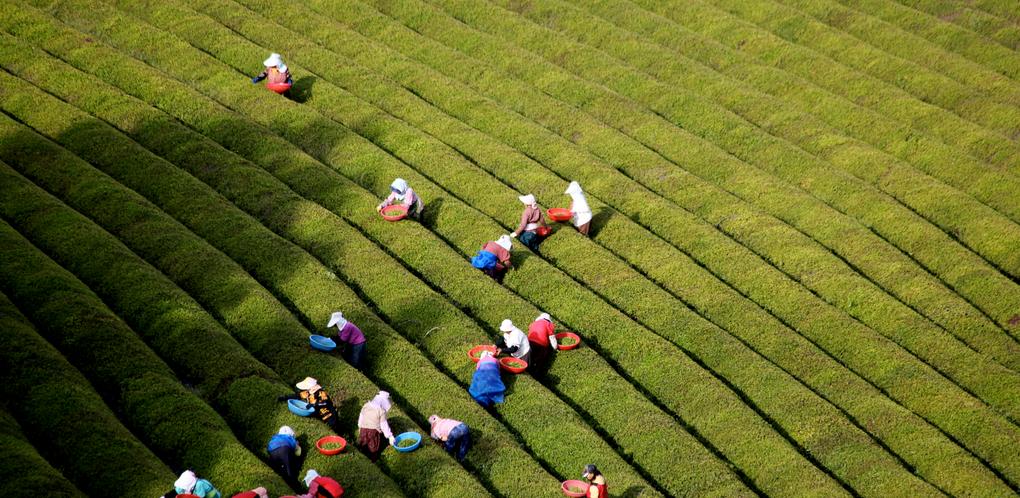
South Korea travel guide
South Korea Tourism | South Korea Guide
You're Going to Love South Korea
A world of culture and history, the sights, the food and the experiences in South Korea will fascinate and excite you.

What to do in South Korea
1. Visit the Palaces of Seoul
The five palaces of Seoul are worth exploring, especially Changdeokgung, which is listed as a World Heritage Site. Take some time to discover other parts of the city, such as Bukchon Hanok Village and the Seoul Tower, and go shopping in the Myeong-dong district.
2. Explore Busan
South Korea's second largest city, Busan offers magnificent beaches, the colorful Gamcheon culture village, and the largest fish market in Korea.
3. Try the Street Food at Gwangjang Market
Originally a fabric market, Gwangjang Market is now the busiest food alley in Seoul, with street food vendors spread among the fabric shops. While here, you must try the Nokdu Bindaetteok, a mung bean pancake that is normally paired with milky rice wine or makgeolli.
4. Spend a Day at Lotte World
Head to the world's biggest indoor theme park with the kids and spend the day going on fun rides, watching shows and visiting the aquarium and water park.
5. Experience the Boryeong Mud Festival
South Korea's 10-day Mud Festival is held every July and attracts millions of people. You'll be able to go on the mud super slide, splash in muddy pools and go into the mud rain tunnel.
When to visit South Korea
The best times to visit South Korea are the spring months from March to May and the autumn months from September to November. The summer is usually hot and humid, while winters are icy and cold.
How to Get to South Korea
Entry Requirements
Citizens from a large number of countries will receive a tourist visa on arrival for durations ranging from 30 to 180 days. For visitors coming from other countries, a visa must be applied for prior to arriving.
Plane
The two main international airports are located around Seoul and Busan, and the main national airline Korean Air offers nonstop flights to around 150 destinations. Budget flights can be found to and from Asia with airlines such as Air Busan, Jin Air and Eastar Jet.
Boat
Ferries connect the city of Busan in South Korea to various destinations in Japan, including Fukuoka and Osaka. Incheon is also connected by ferry to several cities in China, while a cruise ferry is available from Donghae to Vladivostok in Russia.
Popular airports in South Korea
Popular airlines serving South Korea
Where to stay in South Korea
A large variety of accommodation is available in South Korea. Minbaks can be found in national parks and rural areas, Jjimjilbangs are a type of budget accommodation available in bath houses, and for something a bit different, glamping is a very popular option, especially among Korean teens.
Where to stay in popular areas of South Korea
Most booked hotels in South Korea
How to Get Around South Korea
Public Transportation
South Korea is very well-connected by public transport, including subway systems in the 6 main cities, trains and buses.
Trains
Korail is the national rail network and connects the major cities in South Korea. Trains are available in 3 different speeds, with the Korea Train Express being the high speed train, the ITX-Saemaeul slightly slower, and the Mugunghwas the slowest train.
Bus
Buses are the main mode of long-distance transport, and there are two types of buses that service the country. Express Buses are faster when it comes to long distances and Inter-City Buses service more locations.
Car
If you are looking to rent a car while in South Korea, you will need an international driving permit. Driving in the big cities is not recommended due to traffic and expensive parking; however, it is a great way to see the rural areas.
Plane
Domestic flights are available through local airlines Asiana and Korea Air, as well as 5 different low-cost airlines, including Air Busan, T'Way Airlines and Jin Air.
Best car hire deals in South Korea
Intermediate
5 Adults, 3 Bags
RM 119/day
Full-size
5 Adults, 2 Bags
RM 302/day
The Cost of Living in South Korea
The price of an average inexpensive meal in South Korea is about 7,000 KRW (6 USD), while a 3-course meal at a mid range restaurant will cost around 40,000 KRW (34 USD), and a monthly public transport pass will cost around 55,000 KRW (47 USD). Credit and debit cards are widely used around the country; however, you might need cash for small purchases or for buying from smaller merchants.